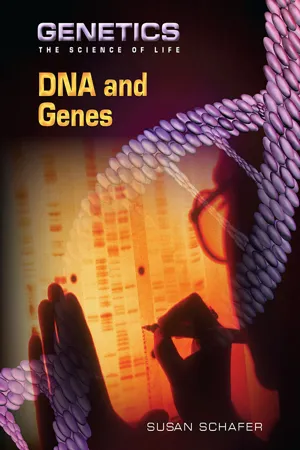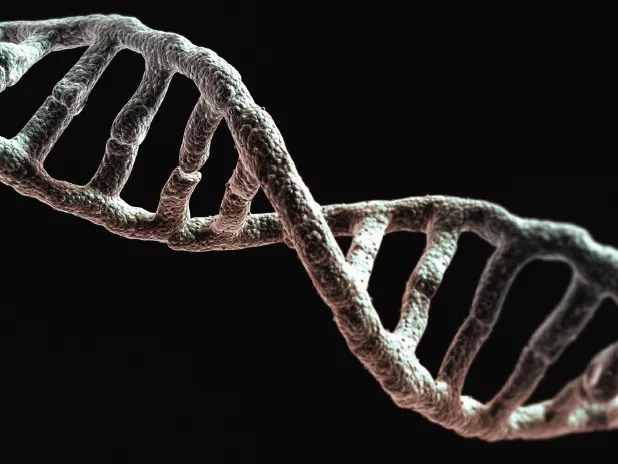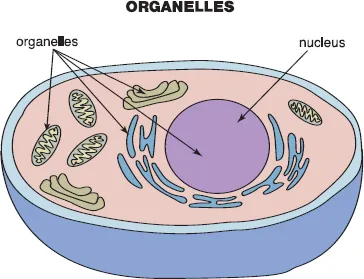
eBook - ePub
DNA and Genes
Susan Schafer
This is a test
- 96 pages
- English
- ePUB (mobile friendly)
- Available on iOS & Android
eBook - ePub
DNA and Genes
Susan Schafer
Book details
Book preview
Table of contents
Citations
About This Book
This study of macroeconomics combines treatment of opposing theories with a presentation of evidence to point the way toward a reconstructed macro research and policy programme.
Frequently asked questions
How do I cancel my subscription?
Can/how do I download books?
At the moment all of our mobile-responsive ePub books are available to download via the app. Most of our PDFs are also available to download and we're working on making the final remaining ones downloadable now. Learn more here.
What is the difference between the pricing plans?
Both plans give you full access to the library and all of Perlego’s features. The only differences are the price and subscription period: With the annual plan you’ll save around 30% compared to 12 months on the monthly plan.
What is Perlego?
We are an online textbook subscription service, where you can get access to an entire online library for less than the price of a single book per month. With over 1 million books across 1000+ topics, we’ve got you covered! Learn more here.
Do you support text-to-speech?
Look out for the read-aloud symbol on your next book to see if you can listen to it. The read-aloud tool reads text aloud for you, highlighting the text as it is being read. You can pause it, speed it up and slow it down. Learn more here.
Is DNA and Genes an online PDF/ePUB?
Yes, you can access DNA and Genes by Susan Schafer in PDF and/or ePUB format, as well as other popular books in Economics & Macroeconomics. We have over one million books available in our catalogue for you to explore.

Chromosomes form when long strands of DNA bundle up into sausagelike structures
C H A P T E R 1
You Are Your DNA
It all comes down to forty-six microscopic strings of a special chemical called DNA. Without DNA, the cells in your body would not have the instructions they need to survive. It would be as if you were lost in a jungle with no one to tell you where to go. Forty-six complex strands of DNA inside each of a hundred trillion cells work together like a coordinated machine to make what is called a human.
Unless you are an identical twin, your DNA is unique. It controls everything that happens in your body. It determines the person you become. You are your DNA. When you understand DNA, you understand yourself. Like any other science subject, learning about DNA is like learning to speak a new language. The more scientists discover, the more they use new words to describe what they find. So prepare yourself to learn the language of DNA.
THE CODE FOR ALL LIFE
DNA, which is short for deoxyribonucleic acid (dee ahk see rye boh noo KLAY ik), holds the codes for life. It is found in the cells of every living thing. Like a teacher who controls the lessons in a classroom, DNA is like an instruction manual that controls almost everything a cell does. It is responsible for heredity, which is the passing of traits from parents to offspring. Because DNA is passed from one generation to the next, it is entirely possible that you could have some of the same exact DNA that an ancestor had hundreds of years ago. People pass away, but in a way, DNA lives on.

A single strand of DNA forms a double helix, which looks like a twisted ladder.
DNA is held within a container called the cell. The cell is the basic unit of life. It is the smallest living thing. Your body is like a city teeming with trillions of individual cells. Cells cling together to hold you together. As the people work together to help their city or town prosper, your cells work as a team to keep you alive.
Inside each cell are smaller structures, called organelles, or “little organs.” Each organelle has its own special job. One of these organelles, the nucleus, has the job of holding the DNA, so it is often called the control center or “brain” of the cell. The control center can be compared to a control tower at an airport. The air traffic controller guiding the planes from inside the tower is like the DNA. The word nucleus comes from the Latin word for “kernel” because it looks like a dark, round nut when viewed under low magnification on a microscope.
DOWNLOAD
■ The initials DNA stand for deoxyribonucleic acid.
■ DNA is found in the cells of all living things.
■ The twisted ladder shape of a DNA molecule is called a double helix.
■ Instructions from the genes on DNA determine the characteristics of all living things.
■ DNA is passed on through heredity.
Inside the nucleus, the DNA works like a big boss, sending out instructions for the cell to make proteins. Proteins perform various tasks in the body, from building new organelles to speeding up chemical reactions. Only when a cell reproduces does the nucleus break down and free the DNA. At that point, the DNA has copied itself, so there is twice as much as normal. When one cell divides into two, each new cell has an exact copy of the original DNA. This copying is important, because if it did not occur the new cells would not have the necessary instructions, and they would die. Without new cells to replace old cells, your body would not last long.

Like people in a factory, organelles work together to keep a cell running smoothly. The nucleus is the organelle that holds the DNA.

Unlike eukaryotic cells, prokaryotic cells do not have membrane-covered organelles, so their DNA is not contained within a nucleus.
You are a eukaryote (yoo KAR ee oht), along with other plants and animals, which is just a fancy way of saying that your cells have a “true nucleus.” The other type of living cell is a prokaryote (proh KAR ee oht), which means before the nucleus. Prokaryotes are primitive cells that lived on Earth long before the eukaryotes. Prokaryotes do not have a nucleus, and their DNA simply floats inside the cell. Bacteria are prokaryotes.
The nucleus is not the only place eukaryotes have DNA. Organelles called mitochondria (my tuh KAHN dree uh; singular, mitochondrion) are like bacteria. They have DNA, but not inside a nucleus. Mitochondrial DNA uses a slightly different code for sending messages. So you actually have two different kinds of DNA in your body!

Looking like a fingerprint, a mitochondrion contains many folded membranes that provide a large surface area for producing energy in a cell.
Because the DNA is different in mitochondria, some scientists believe that they were once prokaryotes that were swallowed by eukaryotes. For some reason, they were not digested. The prokaryote thrived inside the eukaryote because it was protected. The eukaryote benefited because the prokaryote made extra energy that the host eukaryote could use. When the eukaryote multiplied, the prokaryotes were also passed on to future generations. Eventually, they became mitochondria. The mitochondria now provide the energy that you need for your cells to work.
TAKING A CLOSER LOOK
DNA is so small that it takes a powerful electron microscope to see it. Electrons are negatively charged particles that orbit around all atoms. They have the ability to flow and create electricity. With an electron microscope, scientists shoot electrons at objects that cannot be seen in any other way. This process can magnify things up to 2 million times. The compound light microscopes that might be used in a science classroom only magnify up to ten, forty, or a hundred times.
As the electrons bounce off an object or travel through it, depending on the electron microscope, they are detected by special equipment. The equipment then sends an image to a monitor or computer. Scientists have spent many years improving tools that allow them to take a closer look at DNA molecules.
Look at a strand of your hair. The width of a DNA strand is about 40,000 times thinner! The length of a DNA strand varies, depending on how m...
Table of contents
Citation styles for DNA and Genes
APA 6 Citation
Schafer, S. (2015). DNA and Genes (1st ed.). Taylor and Francis. Retrieved from https://www.perlego.com/book/1561787/dna-and-genes-pdf (Original work published 2015)
Chicago Citation
Schafer, Susan. (2015) 2015. DNA and Genes. 1st ed. Taylor and Francis. https://www.perlego.com/book/1561787/dna-and-genes-pdf.
Harvard Citation
Schafer, S. (2015) DNA and Genes. 1st edn. Taylor and Francis. Available at: https://www.perlego.com/book/1561787/dna-and-genes-pdf (Accessed: 14 October 2022).
MLA 7 Citation
Schafer, Susan. DNA and Genes. 1st ed. Taylor and Francis, 2015. Web. 14 Oct. 2022.